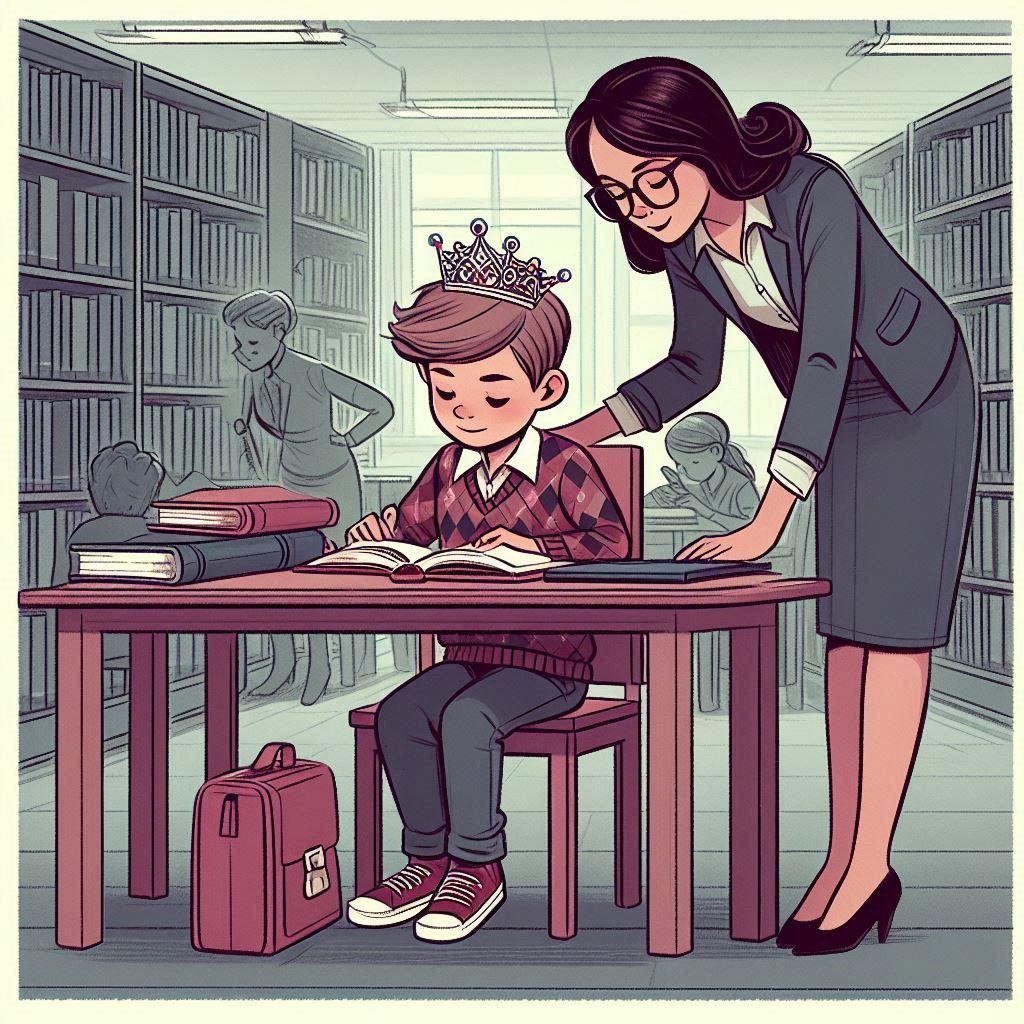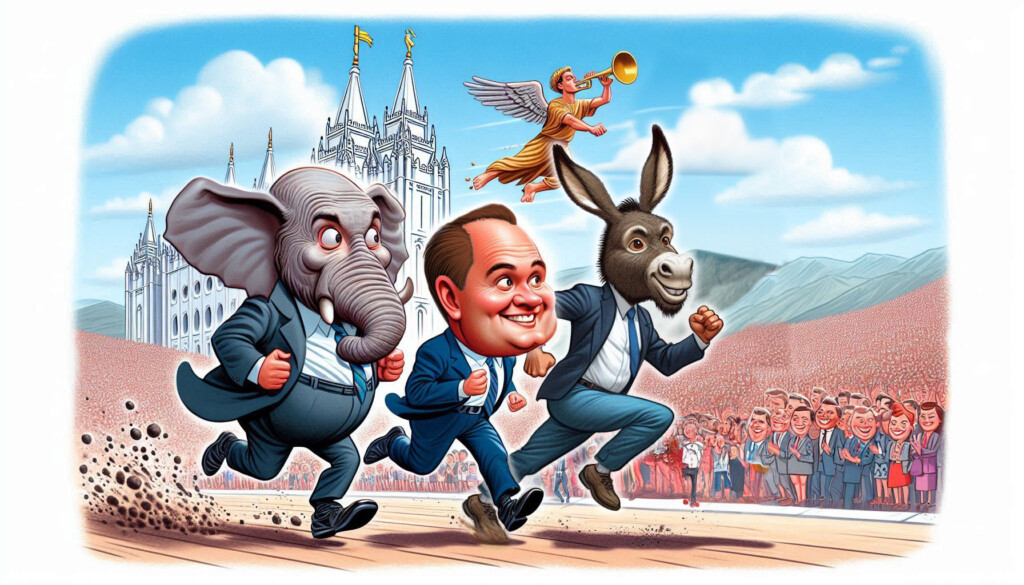Utah has all these empty buildings and empty lots, but why can’t we provide affordable housing? Only about three to four percent of Utah is occupied by humans. Why can’t we convert these empty buildings into units that homeless people can fill up?
Empty Buildings in Salt Lake City
The short answer is building and zoning laws and codes. Currently, downtown Salt Lake City has thousands of unused square feet of retail, residential, and public buildings that remain empty. For example, the former public safety building located at 200 South and 200 East is owned by the city and is empty and unused. Why not organize an effort to convert the building into rooms or an overflow shelter? Because zoning ordinances and codes prevent it. In the meantime, unless the city acts quickly, it’s almost certain more unsheltered homeless will die again on the streets this winter.
Casey McDonaugh, who ran for Salt Lake City Council District 3 came on the Utah Stories podcast to discuss these issues. The public safety building downtown and the Ramada Inn have been attempts at affordable housing that haven’t been successful. “They set the bar so high that it starts to become cost prohibitive, so it pushes out getting anyone in those buildings because you have to do so much work,” McDonaugh said.
The issue of not being able to provide affordable housing, McDonaugh believes is because the city is worried that these buildings do not meet the current code. “The city gets in its own way by saying we can’t do any of these unless they meet current code,” McDonaugh said.
Inadequacy of Current Homeless Shelters
The problem with this excuse is the homeless population being left outside for another winter. Last winter homeless people were left to die, and many lost fingers due to frostbite. “You have to weigh the risk of their lives on the street and their limbs against the risk of an earthquake,” McDonaugh said.
The excessive number of mentally ill homeless individuals is another reason why many unsheltered residents refuse to reside in Utah shelters. McDonaugh knows a man with a dog who would go into the shelter except he wants to stay with his dog. The other problem is that couples who want to remain together can’t do so because currently there are no shelters in Utah for both men and women.
Consequence of Population Growth in Salt Lake City
Another factor contributing to this housing crisis is that the supply can’t keep up with the demand. The growing population in Utah adds to the growing problem of homelessness and lack of affordable housing.
McDonaugh referenced a conversation he had with a caseworker, where the caseworker said, “I run into a wall” insinuating that there’s only so much the caseworker can do to help homeless people.
“Salt Lake City, Salt Lake County, and the State aren’t addressing [homelessness] like it’s a critical issue at the moment,” McDonaugh said.
Join us on Thursday, November 2nd, at 6 pm at the Brewies Cinema Pub for the screening of the documentary film A Voice for the Unsheltered and the panel discussion about the homeless problem in Salt Lake City. Your voice deserves to be heard. Get your movie passes here.
Watch the trailer.






